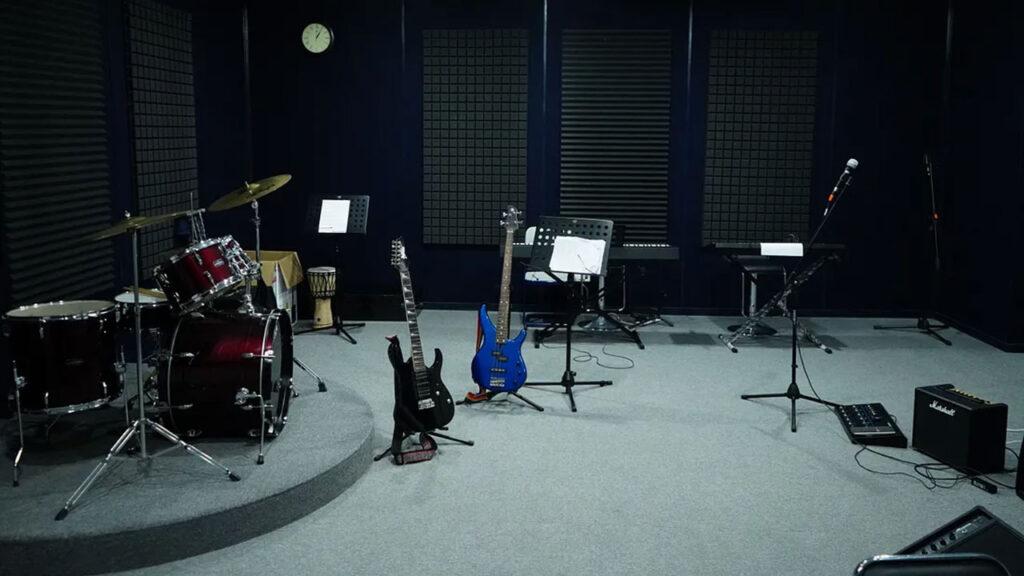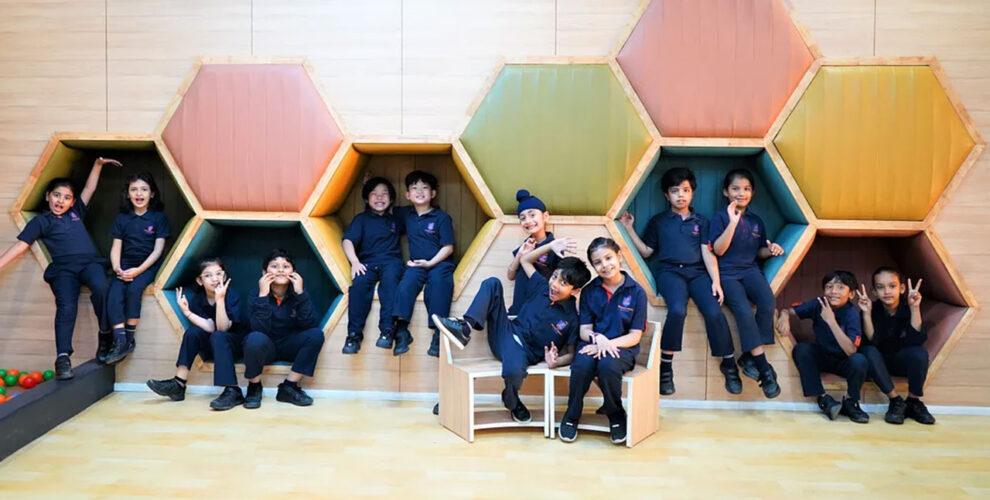As an IB school, creating meaningful learning spaces for students is a critical aspect of providing a high-quality education. Meaningful learning spaces are more than just classrooms; they are environments that promote student engagement, collaboration, and creativity. These spaces are designed to encourage inquiry-based learning, critical thinking, and problem-solving skills.
Here are some reasons why meaningful learning spaces are important in an IB school:
Encouraging Student Engagement:
A meaningful learning space can help students to feel more connected to their learning experience. Students are more likely to be engaged in their studies when they feel comfortable and motivated in their learning environment. A classroom that is designed with the student in mind, with comfortable seating and interactive materials, can help to create a more welcoming and supportive learning environment.

Fostering Collaboration:
Collaboration is a key component of IB education. By creating learning spaces that promote collaboration, students are more likely to work together, share ideas, and build stronger relationships. Collaborative learning spaces, such as group work areas or breakout rooms, provide opportunities for students to work together on projects and learn from one another.

Promoting Creativity:
Meaningful learning spaces can inspire creativity and innovation in students. These spaces encourage students to think outside the box and develop their own ideas. A classroom with a variety of materials and resources, such as art supplies or technology tools, can help to foster creativity and exploration.
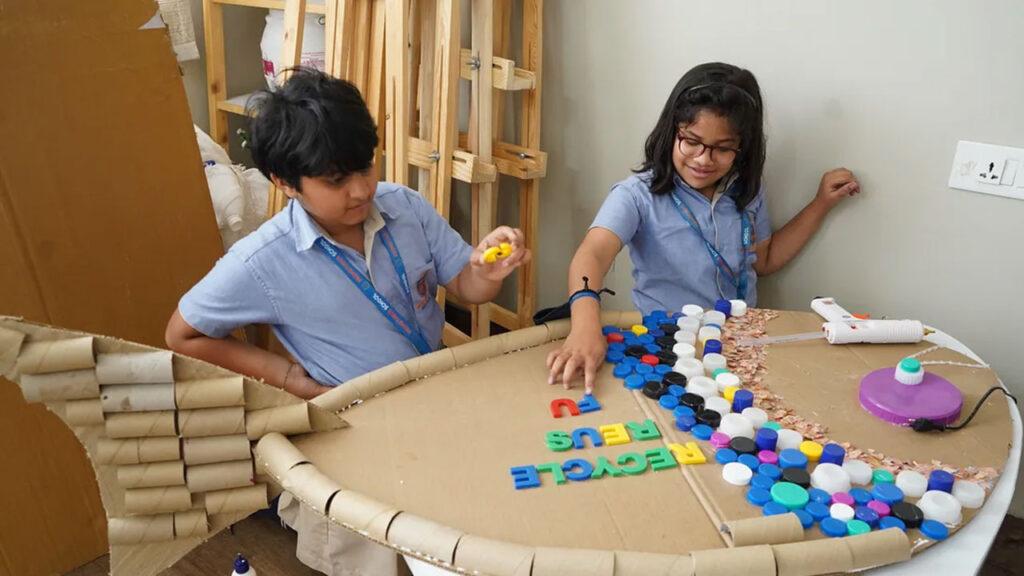
Supporting Inquiry-Based Learning:
IB education is centered around inquiry-based learning, where students are encouraged to ask questions and seek answers. Meaningful learning spaces can support this approach by providing students with access to a variety of resources and materials that can help them to explore their questions in depth.
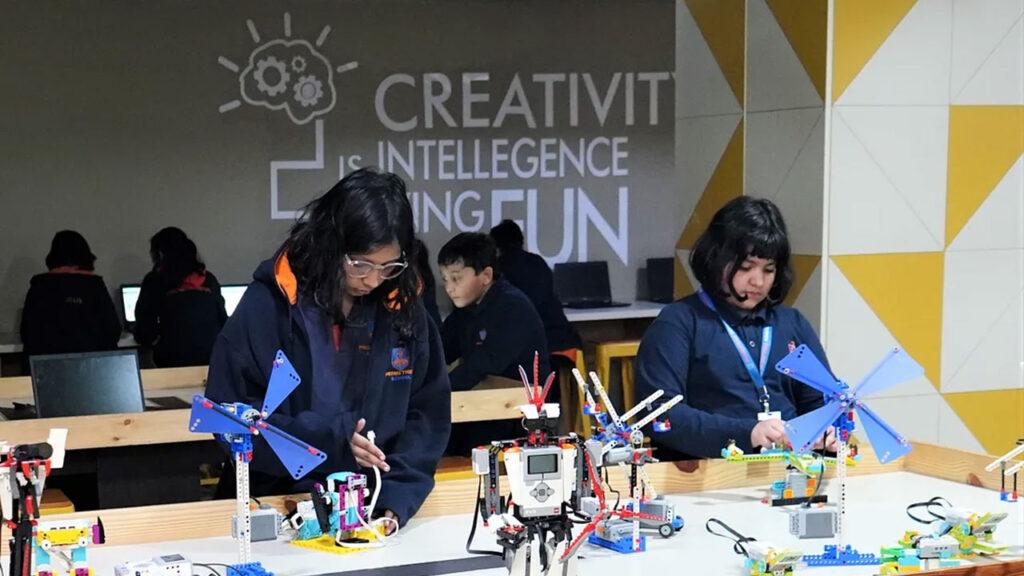
Here are some examples of learning spaces in Prometheus School:
Interactive Learning Commons:
Many IB schools have transformed their libraries into interactive learning commons. These spaces are designed to promote collaboration, creativity, and inquiry-based learning. They often include comfortable seating, whiteboards, and access to technology tools.
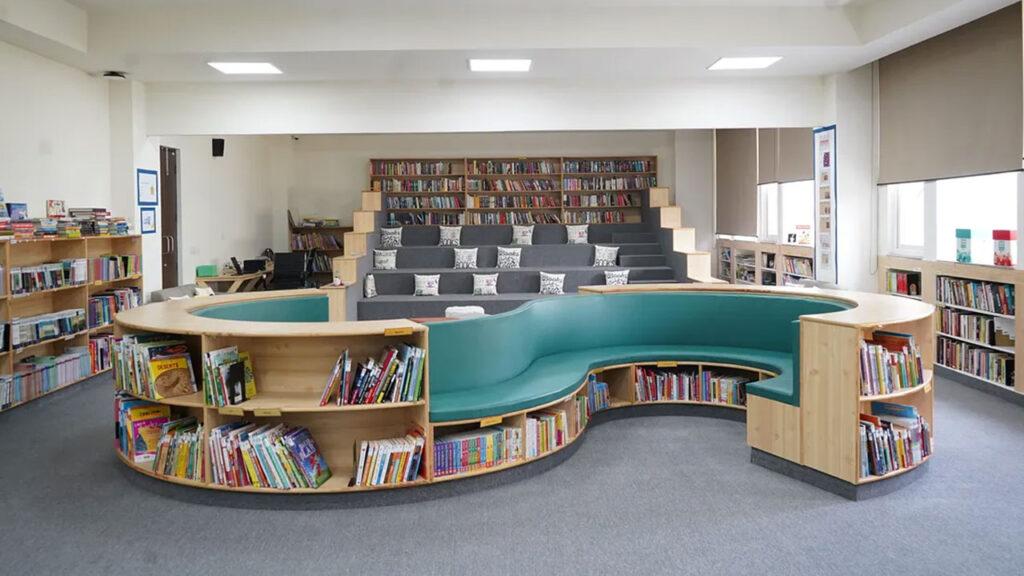
Maker Spaces:
Maker spaces are becoming increasingly popular in IB schools. These spaces provide students with access to a variety of materials and tools, such as 3D printers and laser cutters, to create and design their own projects.
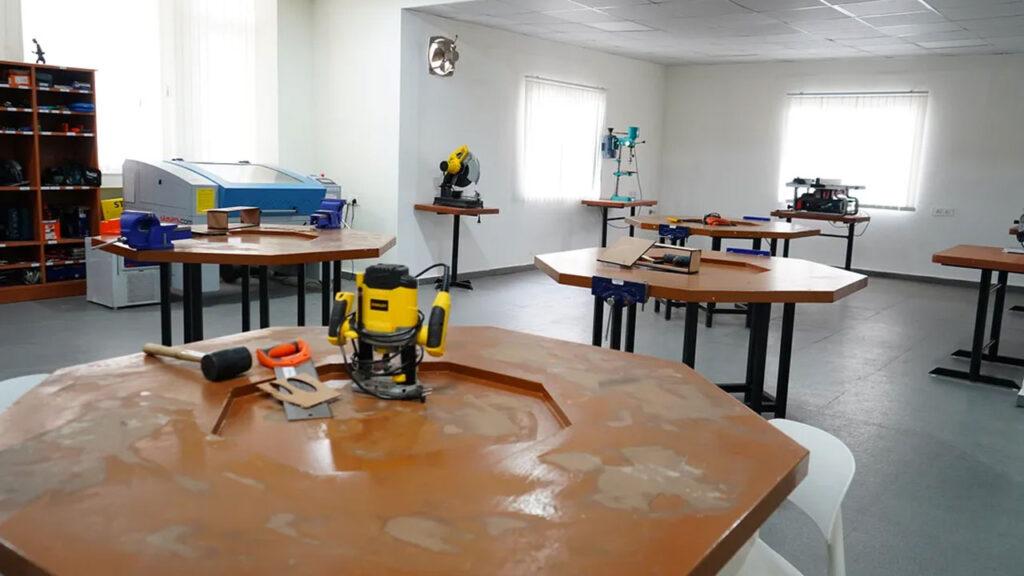
Outdoor Learning Spaces:
IB schools often utilize their outdoor spaces to create learning environments that promote exploration and inquiry. These spaces might include gardens, nature trails, or outdoor classrooms.
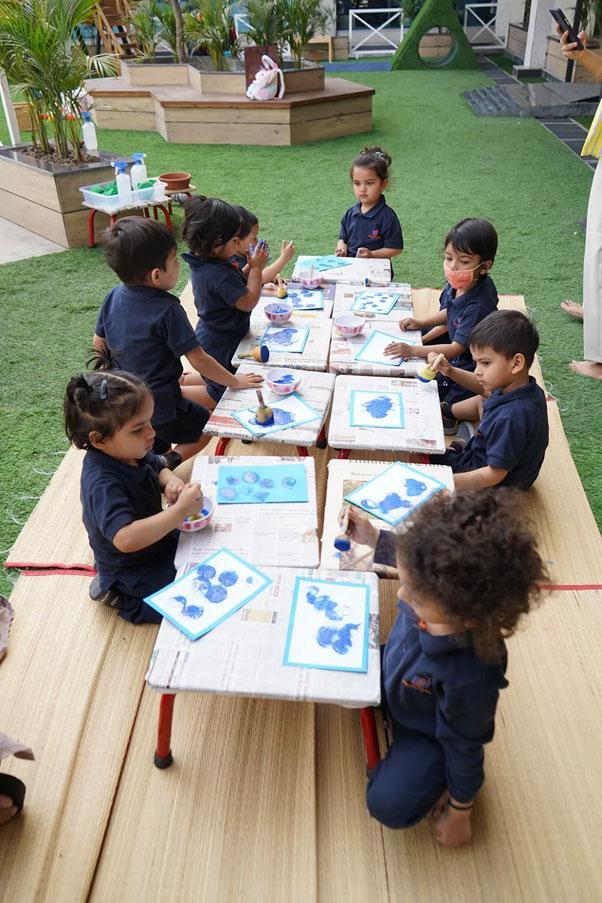
Flexible Classroom Spaces:
Many IB schools have moved away from traditional classroom layouts and are instead using flexible classroom spaces. These spaces can be reconfigured to support different types of learning activities, such as group work or individual study.
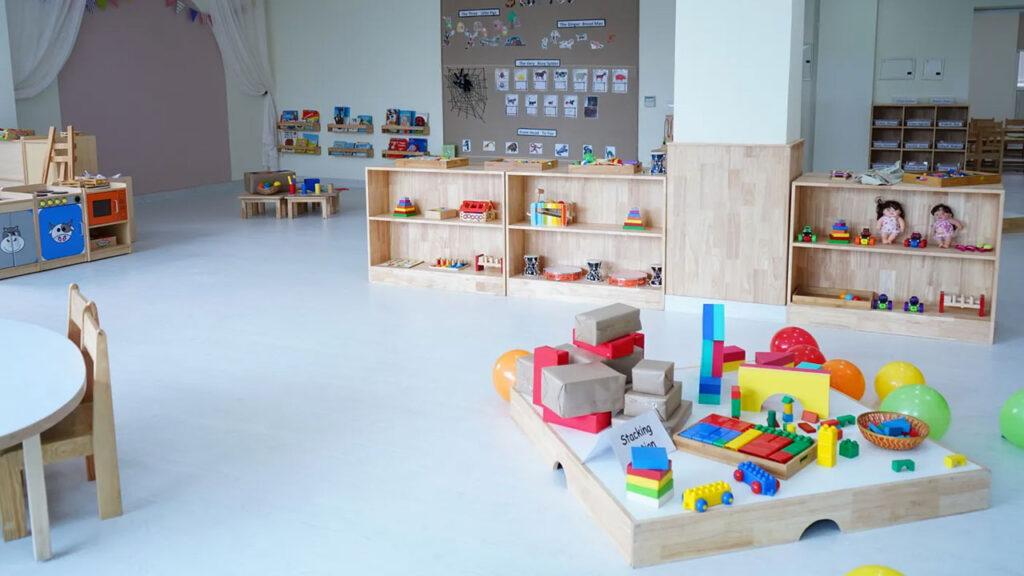
Arts Spaces:
IB schools often have dedicated spaces for the arts, such as music rooms, dance studios, or visual arts studios. These spaces are designed to inspire creativity and promote student engagement in the arts.
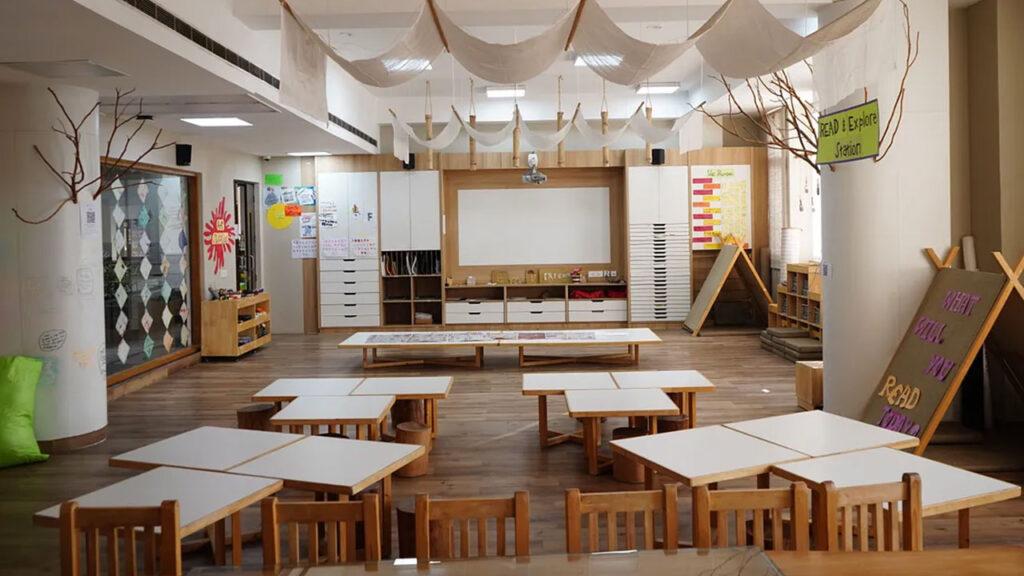
In conclusion, creating meaningful learning spaces is an essential aspect of an IB education. Best IB schools prioritize experiential learning, and these carefully designed spaces enable them to provide the best education possible. By designing learning environments that encourage student engagement, foster collaboration and creativity, support inquiry-based learning, and promote experiential learning, IB schools can offer a high-quality education that prepares students for success in the 21st century. These spaces, such as interactive learning commons, maker spaces, outdoor learning spaces, flexible classroom spaces, and dedicated arts spaces, empower students to actively participate in their education, explore their interests, and develop the skills and knowledge necessary to thrive in an ever-changing world.
